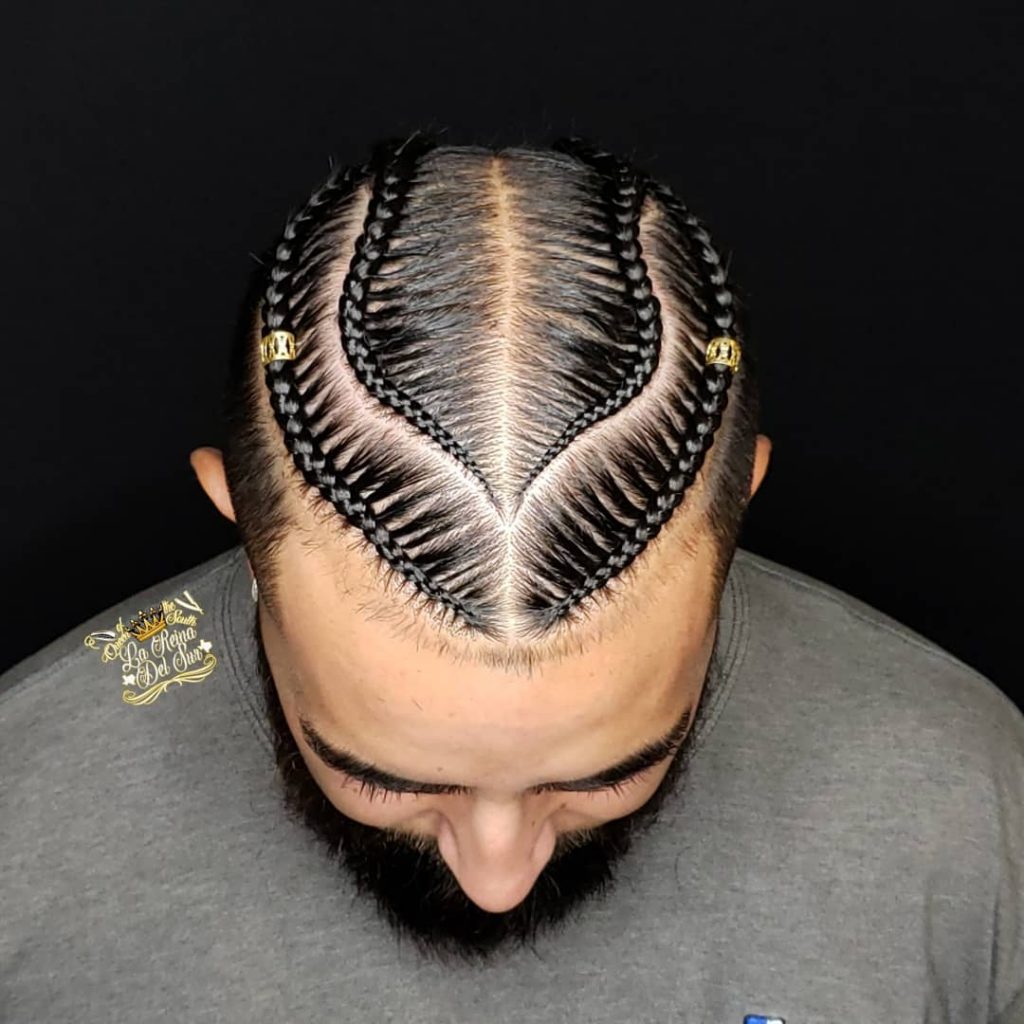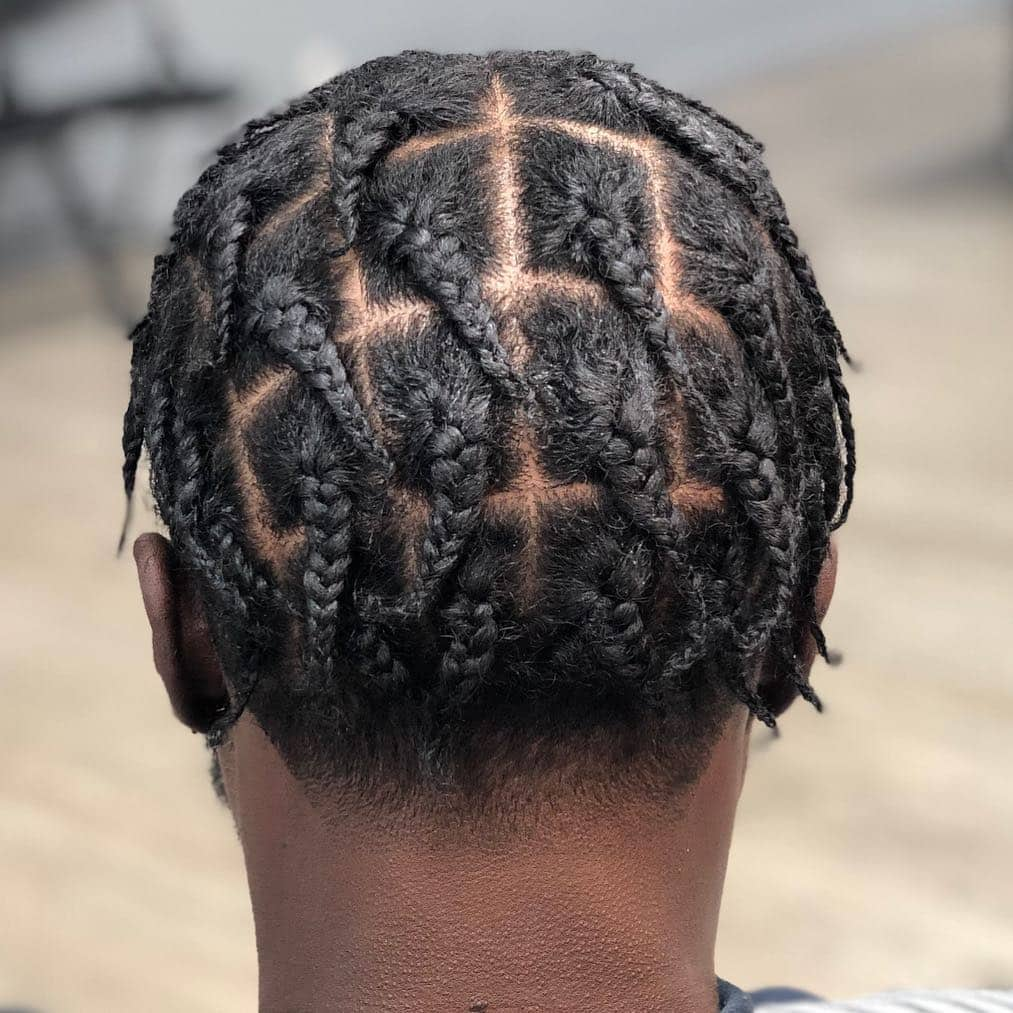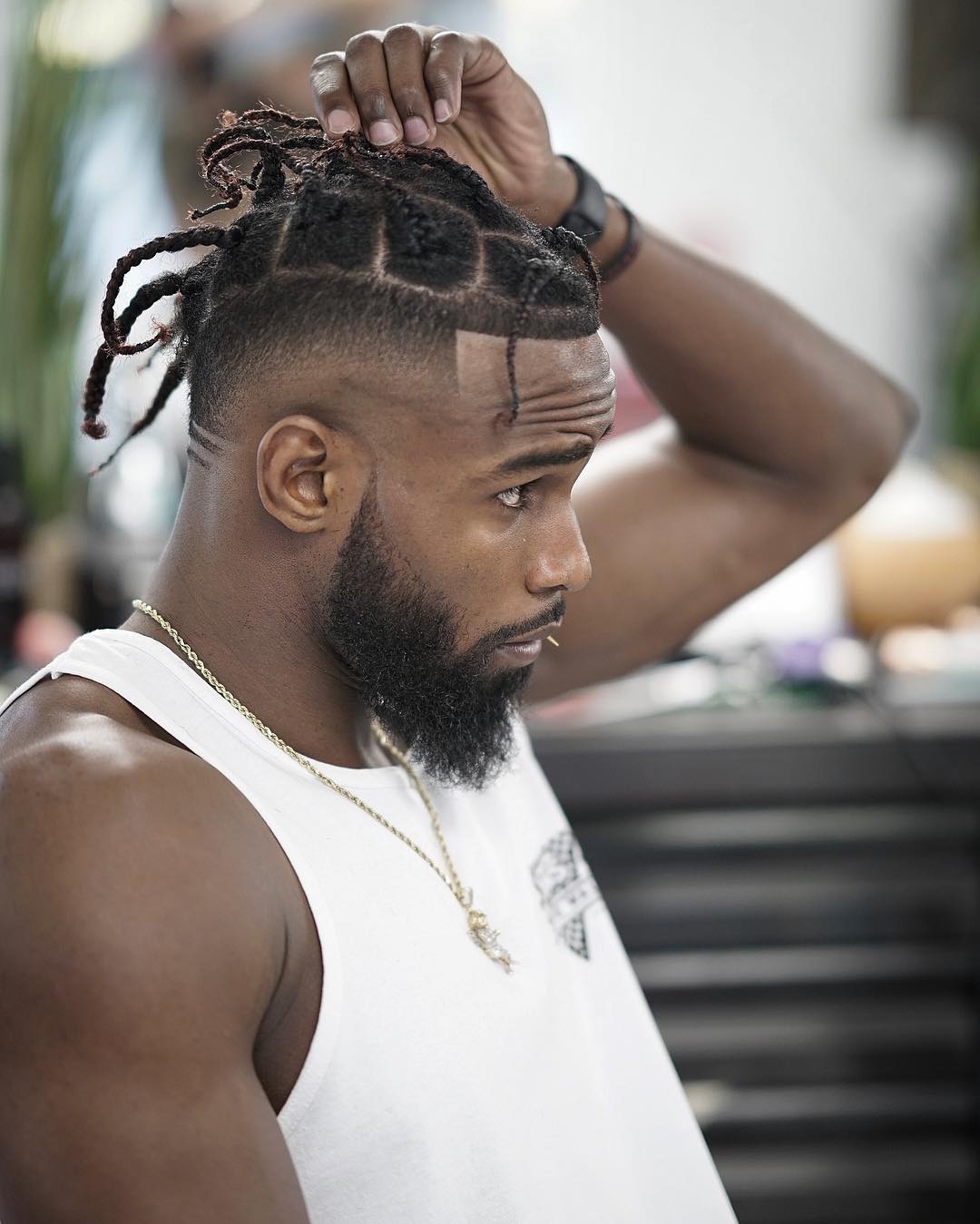


Nighttime routines don't have to have a lot of steps, we promise. The cotton of a normal pillowcase will strip so much much-needed moisture from your hair." Try Taelor Boutique's Black Silk Durag ($15). "It’s so, so, so important to stop that moisture loss," says Bertin. I spritz it on my hair every evening and even more liberally on wash day after rinsing out the conditioner."Īside from applying a leave-in to keep the hair moisturized, a durag or a satin/silk pillowcase is essential for nighttime haircare. But braids are easiest to maintain as they require little to no styling or manipulation every day."īertin says a leave-in conditioner, like the Shea Moisture 100% Virgin Coconut Oil Daily Hydration Leave-In Treatment ($11), is an ideal starter product if you're just getting into caring for your hair beyond a low fade. So out of all three, I’d say that locs are easiest to create at home as that’s what our hair does naturally. "I don’t like to look fresh and shiny–they’re less obedient that way. This method is particularly beneficial for those who are going for a fluffy look. "To create the loc’ed style that I currently have, all I did was rub a small towel across my head in circular motions every day for a few months, and that formed my locs," he tells us.

(Well, at least to get the process started).
Braid styles for men professional#
Locs are another style Bertin finds easy to not just maintain at home, but an option he says can potentially be started without any professional assistance. All you really have to do is protect them at night and keep them moisturized." "I would say that cornrows are probably easiest to keep up at home. No matter which style you choose, dedicating time to wash, condition, and even trim your growing hair should be a priority.įor those just trying out protective styling and looking for a low-maintenance style, Bertin recommends cornrows. With the right stylist, any of these looks are achievable, but caring for your hair properly is a must if you want to grow healthy hair. Start With a Protective Style That Works for Youīraids, plaits, locs, and twists are among the most popular styles for Black men. Do your research and reading on that more than anything." We know you may not have come here for a haircare lesson, but we like to lay a solid foundation before we get to the good stuff: protective styling. "What matters and will affect your understanding of your hair much more is your hair porosity. No natural hair journey is the same," he says.įor guys just starting out, you may be wondering where you fail on the curly spectrum, but Bertin says knowing your hair texture isn't the most important factor in caring for your hair however, there is one detail you do want to know: "As you experiment, pay close attention to how your hair reacts to products, but don't overthink your hair type," says Bertin. "It’s definitely going to be a process and you’ll learn as you go. However, finding patience can be a challenge. Take It Slowīertin's first rule: "Take it slowly and don't expect a miracle overnight." Those of us who have journeyed down the road of natural hair knows this to be true. His specialties range from creating red carpet-ready looks to working with textured hair and more.

Stefan Bertin is a London-based celebrity and editorial hairstylist.


 0 kommentar(er)
0 kommentar(er)
